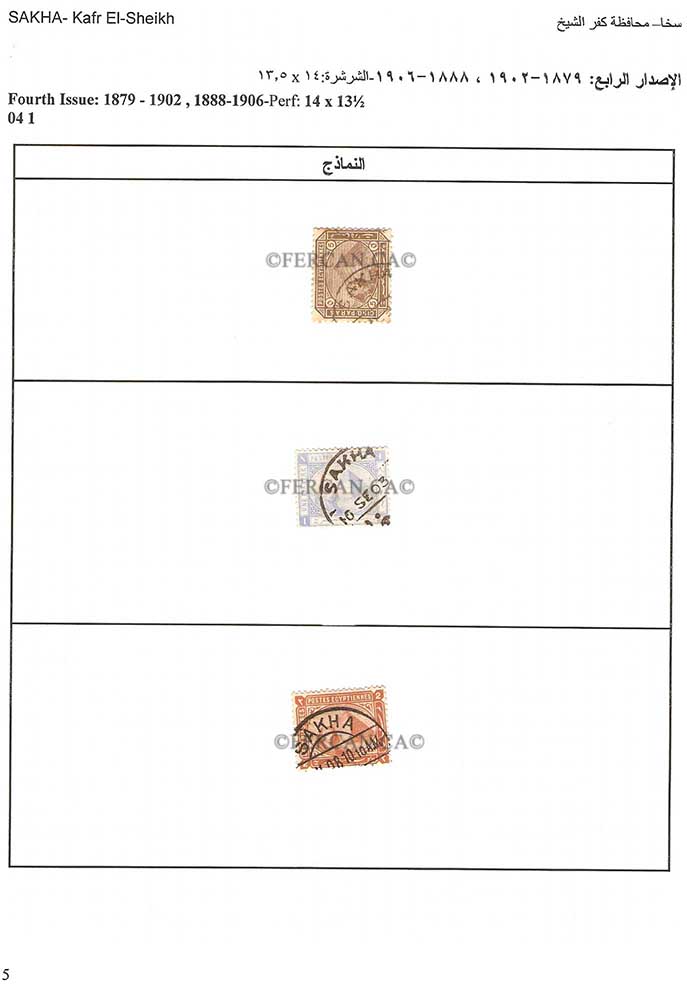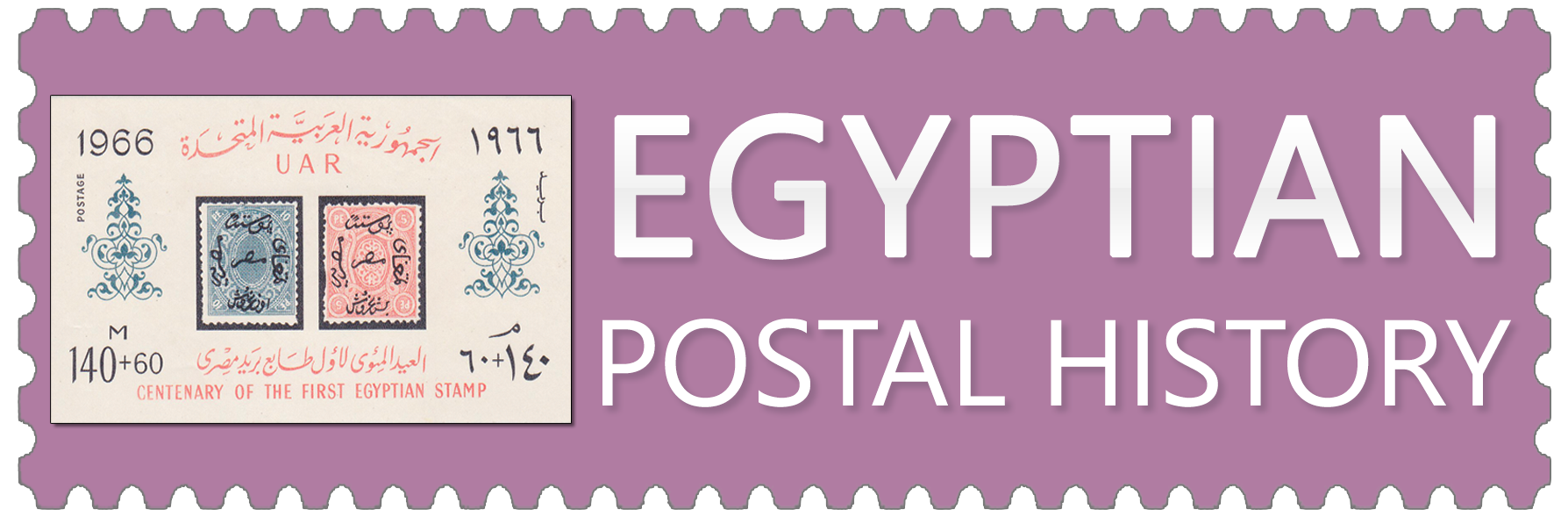Sakha is a city in Kafr El-Sheikh central administrative district, under the jurisdiction of Kafr El-Sheikh governorate. It had Pharaonic, Roman and Greek names such as Khasout and Exweiz. Sakha city was the capital of the Sixth Province in Lower Egypt, and also the centre and capital of the Fourteenth Pharaonic Dynasty. It was the homeland of the Snibs Tribe in Egypt. Sakha Battle took place in Sakha city where the Quraishi Alliance Forces were defeated by the Mamluk army. In the 18th century BC, Egypt was divided into two regions: Upper Egypt in the south, with Thebes as its capital and governed by the Third Dynasty, and Lower Egypt in the north, with Sakha as its capital and governed by the Fourteenth Dynasty. Sakha is located between the two branches of the Nile in the Delta. It is 22 kilometers north of Tanta and 20 kilometers north-west of Samanoud. It was attached to Kafr El-Sheikh governorate and governed by Bishop Bishoy.
Naming of Sakha
Sakha was known as Khast during the Pharaonic era, but in the Greek and Roman eras it was known as Exweiz. Sakha occupied an important site, especially after Christianity took hold in Egypt after the Holy Family visited Egypt and settled there for a while. It was named Beja Eyessus, which means ‘The Feet of Jesus’ because the impression of his footprint was found on a stone when he was two years old. This was mentioned in Sancasar on the 24th of Bashans (a Coptic month) as the Memorial of Jesus escaping to Egypt with Joseph Al-Naggar, the Virgin Mary, and Salome.
Monastery and Church: The church was built in the place where the Holy Family had settled. There was a bath next to the church that was modeled on the Roman style. Then a monastery was built and known as Al-Maghtas. Many monks lived in this monastery until the end of the Twelfth Century.
The Egyptian historian Al-Maqrizi wrote that the Christians made pilgrimages to the monastery of Al-Maghtas from all over the world on 24th Bashans in the Fifth Century. Christians also made pilgrimages to Al-Qayama Church (Resurrection Church) in Jerusalem because the Virgin Mary appeared there one day, so it was known as The Appearance Day. The monastery was demolished in the Fifth Century and its importance has diminished over time, and the diocese of Sakha ended.


